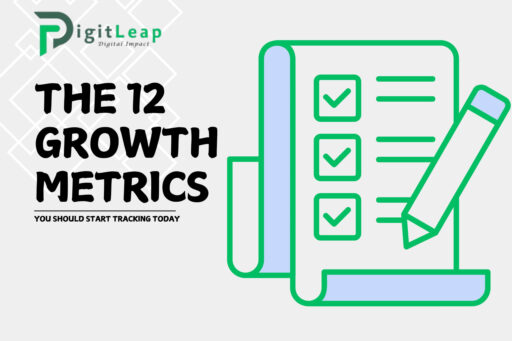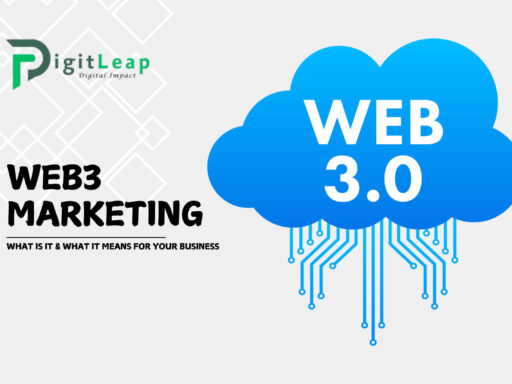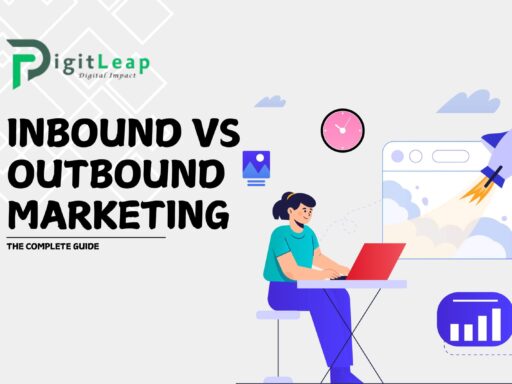The 12 Growth Metrics You Should Start Tracking Today
Growth is the heartbeat of any business. But how do you measure growth effectively? Many businesses get stuck focusing on vanity metrics that make them look good on paper but don’t reflect actual progress. To get a clear picture of your business’s growth, it’s essential to track the right metrics—those that directly impact revenue, customer satisfaction, and long-term success.
Here are the 12 growth metrics you should start tracking today to ensure your business stays on the right path.
1. Customer Acquisition Cost (CAC)
Customer Acquisition Cost (CAC) measures how much you spend to acquire a new customer. This includes all marketing and sales expenses, from paid ads to sales team salaries. Knowing your CAC helps you understand if your customer acquisition strategies are cost-effective.
To calculate CAC:
- Divide the total marketing and sales spend by the number of new customers acquired in a specific period.
A low CAC means you’re acquiring customers efficiently, while a high CAC might signal the need to adjust your marketing or sales approach.
2. Customer Lifetime Value (CLV)
Customer Lifetime Value (CLV) represents the total revenue a business can expect from a single customer throughout their relationship. CLV is crucial because it helps you understand how much each customer is worth over time, allowing you to determine how much you can spend on acquiring new customers.
To calculate CLV:
- Multiply the average purchase value by the number of purchases per customer and the average length of the customer relationship.
When your CLV is higher than your CAC, you’re on the right track.
3. Churn Rate
Churn rate measures the percentage of customers who stop doing business with you over a given period. A high churn rate means you’re losing customers faster than you’re gaining them, which is a serious issue for growth.
To calculate churn rate:
- Divide the number of customers lost during a period by the total number of customers at the beginning of that period, then multiply by 100.
Reducing churn is key to sustainable growth. A low churn rate indicates customer satisfaction and loyalty, which are essential for long-term success.
4. Monthly Recurring Revenue (MRR)
Monthly Recurring Revenue (MRR) is one of the most critical metrics for subscription-based businesses. It tracks the predictable revenue a company generates each month from active customers.
To calculate MRR:
- Multiply the number of active customers by the average revenue per user (ARPU) for a given month.
Tracking MRR allows you to forecast future revenue and measure the impact of your growth initiatives.
5. Net Promoter Score (NPS)
Net Promoter Score (NPS) is a measure of customer satisfaction and loyalty. It’s based on one simple question: “How likely are you to recommend our product or service to a friend or colleague?” Responses are given on a scale of 0 to 10, and customers are categorized into Promoters (9-10), Passives (7-8), and Detractors (0-6).
To calculate NPS:
- Subtract the percentage of detractors from the percentage of promoters.
A high NPS means your customers are happy and likely to promote your brand, which is essential for growth through referrals and word-of-mouth marketing.
6. Conversion Rate
Conversion rate is the percentage of visitors or leads that take a desired action, such as making a purchase, signing up for a newsletter, or downloading an ebook. This metric tells you how well your marketing efforts are turning visitors into customers.
To calculate conversion rate:
- Divide the number of conversions by the number of visitors and multiply by 100.
Improving conversion rates can lead to significant growth, as more of your site traffic or leads turn into paying customers.
7. Gross Margin
Gross margin measures the profitability of your products or services by showing how much of your revenue is left after accounting for the cost of goods sold (COGS). It’s a crucial metric for understanding your company’s financial health.
To calculate gross margin:
- Subtract COGS from total revenue, then divide by total revenue and multiply by 100.
A high gross margin means you’re generating more profit from your sales, which is vital for reinvesting in growth initiatives.
8. Sales Growth Rate
Sales growth rate measures the percentage increase (or decrease) in sales over a given period. It’s an essential metric for tracking the overall growth of your business.
To calculate sales growth rate:
- Subtract the previous period’s sales from the current period’s sales, then divide by the previous period’s sales and multiply by 100.
Tracking sales growth allows you to measure the effectiveness of your sales and marketing strategies and spot trends over time.
9. Website Traffic
Website traffic is a fundamental metric that shows how many people are visiting your site. While it’s often considered a vanity metric, when tracked alongside other metrics like conversion rates and time on site, it can offer valuable insights into your marketing performance.
To make website traffic more actionable, focus on:
- Traffic sources (organic, paid, referral, etc.)
- Bounce rate (the percentage of visitors who leave after viewing one page)
- Pages per session (how many pages a visitor views before leaving)
Increased website traffic with healthy engagement metrics signals that your content and marketing efforts are attracting the right audience.
10. Customer Retention Rate
Customer retention rate measures the percentage of customers who return to make repeat purchases. It’s more cost-effective to retain existing customers than to acquire new ones, so a high retention rate is a positive growth indicator.
To calculate customer retention rate:
- Subtract the number of new customers from the total number of customers at the end of a period, then divide by the total number of customers at the beginning of the period and multiply by 100.
Improving retention leads to higher customer lifetime value (CLV) and sustainable growth.
11. Time to Close
Time to close refers to how long it takes to turn a lead into a paying customer. It’s an important metric for understanding the efficiency of your sales process.
To calculate time to close:
- Track the average number of days between the first point of contact with a lead and the final sale.
Shortening the time to close improves cash flow and accelerates growth, giving you the ability to scale more quickly.
12. Customer Satisfaction Score (CSAT)
Customer Satisfaction Score (CSAT) is a straightforward way to measure how satisfied customers are with your products or services. After an interaction, you simply ask customers to rate their satisfaction on a scale of 1 to 5.
To calculate CSAT:
- Divide the number of satisfied customers (those who rated 4 or 5) by the total number of responses, then multiply by 100.
A high CSAT indicates that customers are happy with your offerings, which can lead to repeat business, referrals, and lower churn.
Conclusion
Tracking these 12 growth metrics gives you a clear, actionable view of how your business is performing and where there’s room for improvement. Focusing on metrics like CAC, CLV, churn rate, and NPS ensures that you’re not just growing in size, but growing in a sustainable, profitable way.
At DigitLeap, we help businesses leverage data-driven insights to accelerate growth. Whether you’re looking to improve your customer retention, optimize conversion rates, or scale efficiently, we provide the tools and expertise to help you achieve your goals. Start tracking the right metrics today, and let us guide you on the path to lasting success.






